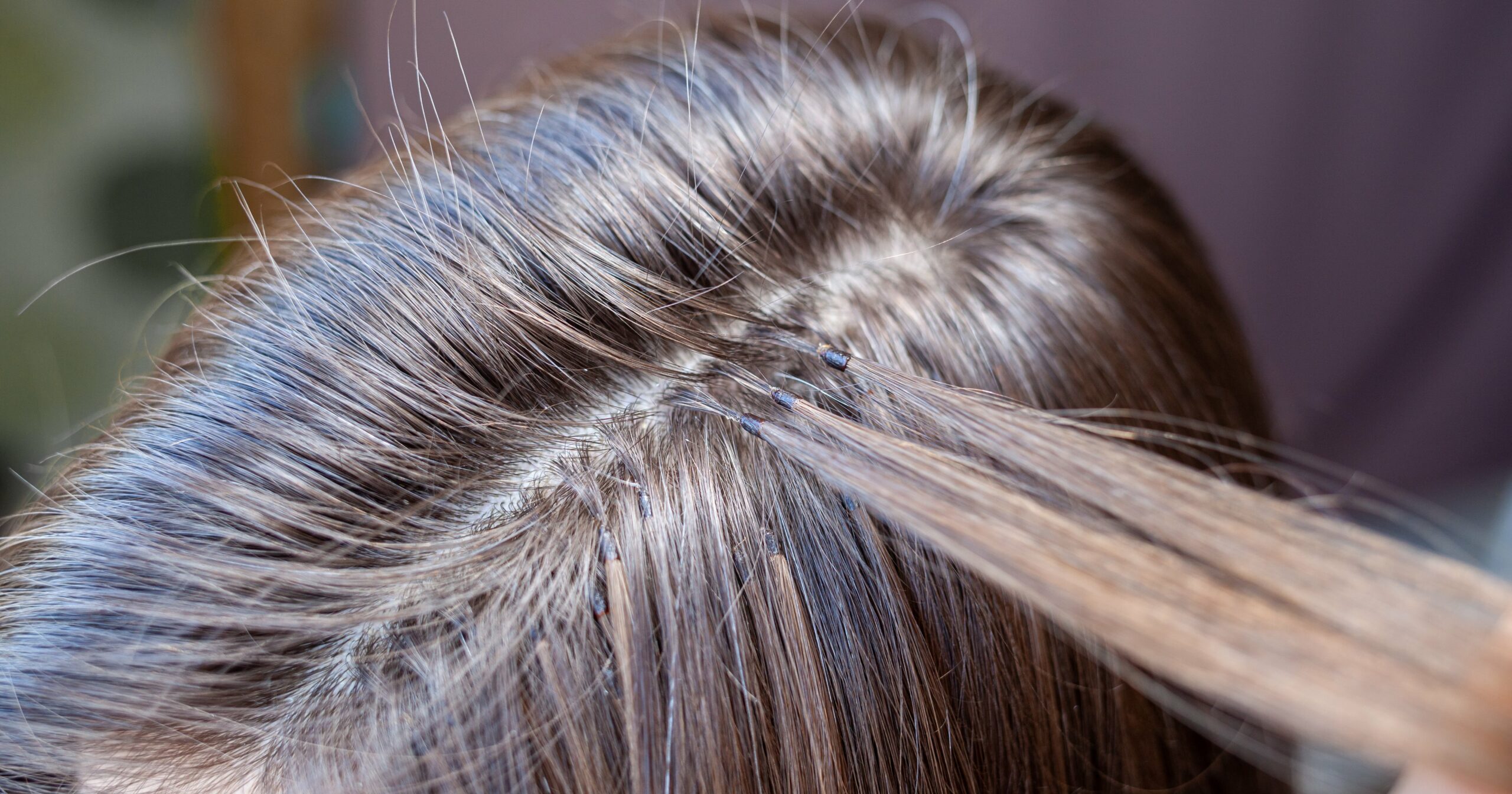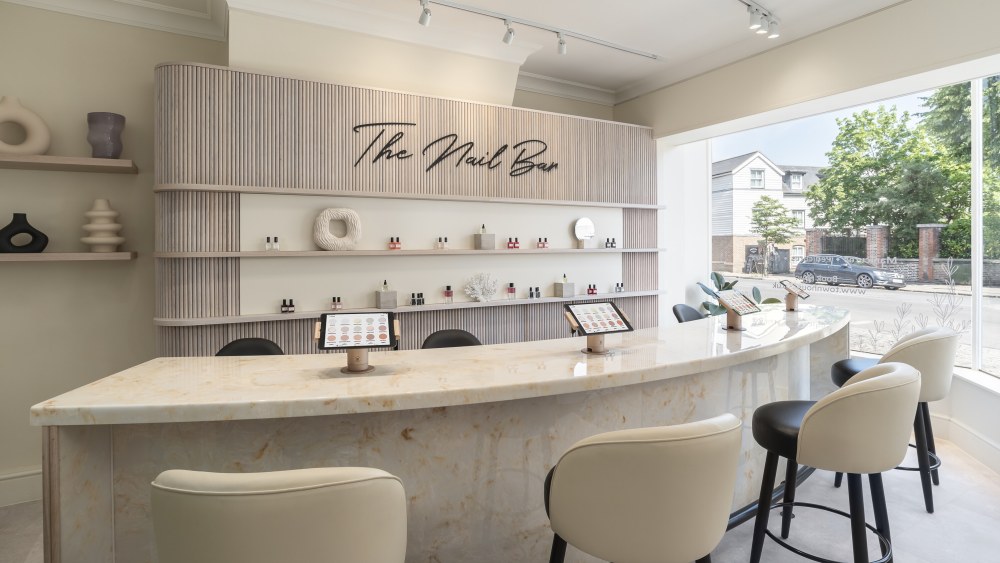There’s nothing like a good set of hair extensions to give you a break from manipulating your natural hair texture. However, if you’re well-versed in all things hair, you likely know that not all extensions are created equally. There are weft bundles, microlinks, clip-ins, and more, but there is currently one hair extension technique that is rising in popularity above the rest: K-tips.
“Keratin-tips or K-tips are a type of hair extension that has a keratin-based bond at their root,” hairstylist Devin Toth from Salon SCK tells POPSUGAR. Unlike microlinks, these keratin bonds fuse to a person’s hair using heat. The technique is currently being spotlighted because of how well it blends with the wearer’s natural hair, as well as how long it lasts.
As with any type of extension, there are a few things to consider before committing to the look. Ahead, we’re breaking down everything you need to know before making your appointment.
What Are K-Tips or Keratin Hair Extensions?
K-tips are individual extensions that can be added to small pieces of your natural hair. “With this technique, you don’t have to worry about wearing your hair a certain way to cover up where they are attached,” hairstylist Kee Taylor says. “They also don’t require much salon maintenance, making them a very convenient option.” Additionally, the tips of the extensions that bond to your natural hair are made of keratin protein, the same thing that the majority of your hair is made of.
The Difference Between K-Tips and Microlinks
Though they provide similar results, the biggest difference between keratin-tip extensions and microlinks lies in the application technique. “K-tips are fused to hair using heat and keratin,” Taylor says. “Microlinks are attached with silicone microbeads or microtubes.”
They are also very similar in terms of pricing; microlinks can cost anywhere from $400 to $1,000 while K-tips can land you a bill that ranges from $300 to $800.
What to Consider Before Getting K-Tip Extensions
While the extensions are lauded for how long they last, they are far from low-maintenance. “You will always have your natural hair out when using K-tips,” Toth says. “Whether they are being used to add thickness to the hair or length, they are extensions of what you already have and won’t cover your hair like a wig.” It is because of this that Taylor makes sure to provide a thorough education on K-tips during client consultations. “The biggest thing I ask my clients is how much at-home maintenance they’re willing to do,” she says. “While you don’t have to come into the salon as often with K-tips, you have to take special care of them at home.”
How to Maintain Keratin Hair Extensions
It’s important to know how to maintain keratin tip extensions at home, as a proper care routine can extend their life. “After a 48-hour period to let the bonds set, you will need to gently wash your hair with sulfate-free products,” Taylor says. “I recommend using something like the
When styling, you will want to make sure to use a heat protectant, keep heat away from the bonding points of the tips, and keep the temperature on the low to low/medium setting.
Inspiration For Different K-Tip Extensions
If you’re just about ready to book your own K-tips appointment, we don’t blame you. Read ahead for some inspiration that you can take with you to your consultation.




